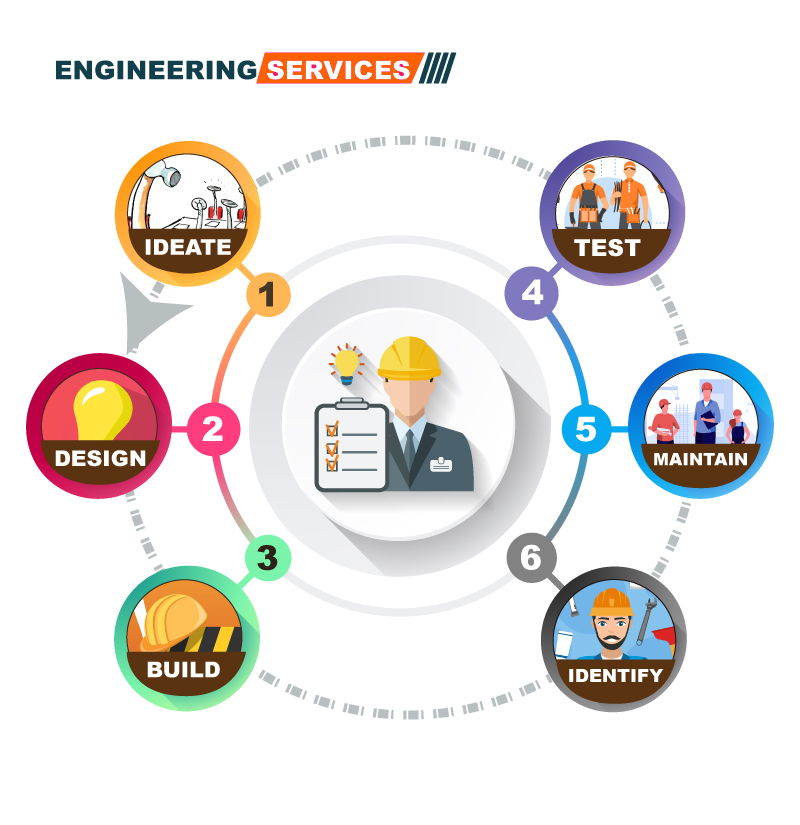Enhance Your Operations with Professional Engineering Support Services: Setting Out Engineer, Measured Structure Surveying, and A lot more
Enhance Your Operations with Professional Engineering Support Services: Setting Out Engineer, Measured Structure Surveying, and A lot more
Blog Article
Optimizing Resource Allocation Via Strategic Checking Practices
In the realm of calculated resource allowance, the practice of evaluating stands as a critical tool for organizations aiming to enhance their performance and impact. By systematically accumulating data and understandings, calculated evaluating methods use a roadmap for notified decision-making and resource circulation. Via the lens of stakeholder engagement, these surveys give a way to take advantage of the diverse viewpoints and requires that form a company's landscape. However, real power of calculated checking lies not simply in information collection, but in the ability to change this information into actionable methods that thrust a company towards its objectives. Through this lens, we begin to decipher the complex interaction in between surveying techniques and resource optimization, setting the phase for a much deeper exploration of the approaches and methods that underpin this critical procedure.
Value of Strategic Checking Practices
Strategic surveying practices play a vital function in establishing the reliable allocation of resources within companies. By carrying out strategic surveys, companies can collect beneficial information and insights that assist in making educated decisions regarding the allowance of sources such as budget plan, manpower, and time. These practices provide an organized method to recognizing the present state of the company, determining locations for improvement, and lining up sources with calculated goals.
One key importance of calculated surveying methods is that they assist organizations prioritize their efforts based on real-time comments from stakeholders. This makes certain that sources are routed towards tasks or tasks that have the highest possible influence on achieving organizational purposes. In addition, tactical studies enable companies to adjust to transforming market conditions, consumer choices, and interior capabilities by continuously keeping an eye on and reviewing resource allocation strategies.
Celebration Insights From Stakeholders
Incorporating comments from stakeholders is necessary for organizations implementing strategic surveying methods to effectively designate resources and drive decision-making processes. Stakeholders, including workers, clients, providers, and neighborhood members, hold important understandings that can dramatically impact the success of strategic initiatives. construction surveys. Engaging with stakeholders with surveys, interviews, emphasis groups, and feedback sessions permits companies to get a deeper understanding of their preferences, requirements, and concerns
By gathering understandings from stakeholders, companies can recognize crucial locations for enhancement, prioritize source allotment based on actual demands, and align calculated goals with stakeholder assumptions. Furthermore, entailing stakeholders in the decision-making process fosters a feeling of ownership and commitment, causing raised buy-in and support for calculated initiatives.
In addition, stakeholders frequently provide one-of-a-kind viewpoints and innovative ideas that may not have been considered inside. By actively paying attention to and integrating stakeholder feedback, organizations can enhance their calculated surveying methods, make more educated decisions, and ultimately attain much better results.
Utilizing Data-Driven Approaches
Using data-driven strategies is vital for organizations seeking to improve the effectiveness of their resource appropriation techniques and decision-making procedures. By leveraging data analytics and advanced modern technologies, organizations can remove beneficial understandings to optimize source appropriation, determine trends, and make educated decisions. Data-driven techniques make it possible for companies to designate resources based on empirical proof rather than instinct, leading to extra reliable and effective outcomes.

In addition, organizations can utilize predictive analytics to forecast future resource needs and allot resources proactively. Topographical Surveying. By leveraging historical information and fad evaluation, organizations can expect need changes and adjust their source allowance methods accordingly. Overall, welcoming data-driven strategies equips organizations to make knowledgeable choices that optimize resource allotment performance and drive sustainable growth
Identifying Locations for Improvement
Recognizing locations for enhancement is click here for more info a critical step in the procedure of optimizing source allowance. By acknowledging where traffic jams or ineffectiveness exist within the company, decision-makers can guide sources in the direction of resolving these certain locations.
One reliable method visit this web-site for recognizing areas for improvement is carrying out normal performance examinations throughout different departments or features. Via these assessments, organizations can gather valuable insights right into areas that call for attention or restructuring. Furthermore, seeking feedback from employees at all levels of the organization can supply an unique point of view on potential areas for improvement.
In addition, utilizing tools such as procedure mapping, SWOT analysis, and benchmarking can assist in recognizing locations for renovation by highlighting strengths, weak points, opportunities, and dangers within the organization. By systematically analyzing these elements, companies can create a detailed understanding of where sources should be assigned to drive efficiency and effectiveness.
Practical Tips for Execution

Verdict
Finally, critical surveying practices play an important role in taking full advantage of resource allowance by gathering insights from stakeholders, making use of data-driven techniques, and determining areas for enhancement. Executing practical suggestions for reliable surveying can bring about more educated decision-making and optimized source allowance approaches. By prioritizing strategic evaluating methods, companies can make sure that sources are assigned effectively and efficiently to satisfy their goals and purposes.
In the world of critical source allocation, the method of checking stands as an essential device for organizations intending to optimize their effectiveness and effect.Strategic evaluating practices play a critical duty in establishing the efficient allotment of sources within organizations.Including feedback from stakeholders is essential for companies executing tactical checking methods to efficiently designate resources and drive decision-making processes.In addition, organizations can utilize anticipating analytics to forecast future source requirements and assign sources proactively. By focusing on tactical surveying methods, organizations can guarantee that resources are allocated effectively and properly to meet their objectives and purposes.
Report this page